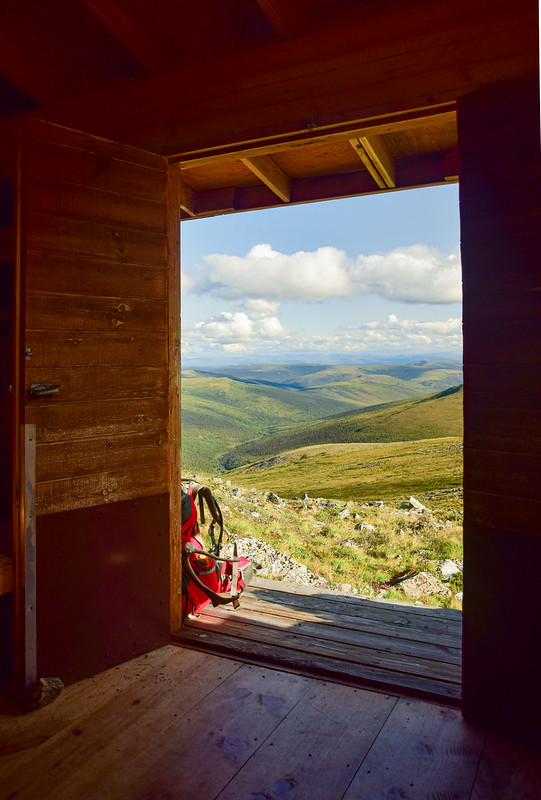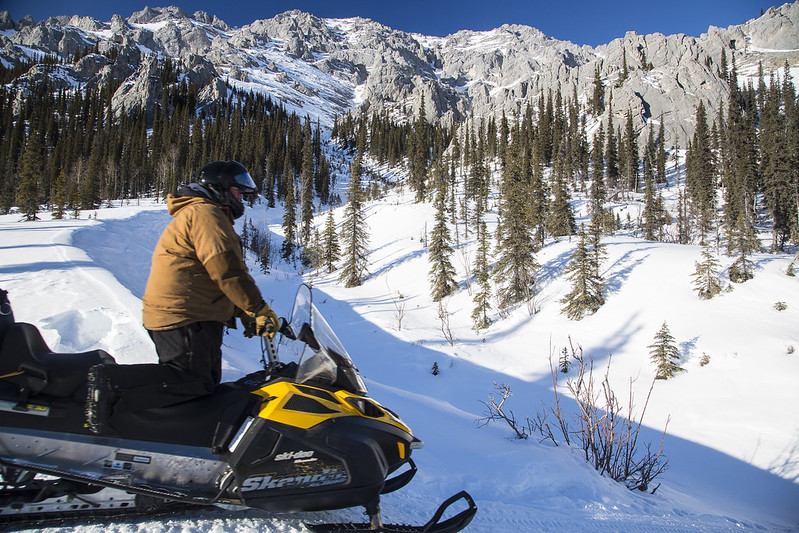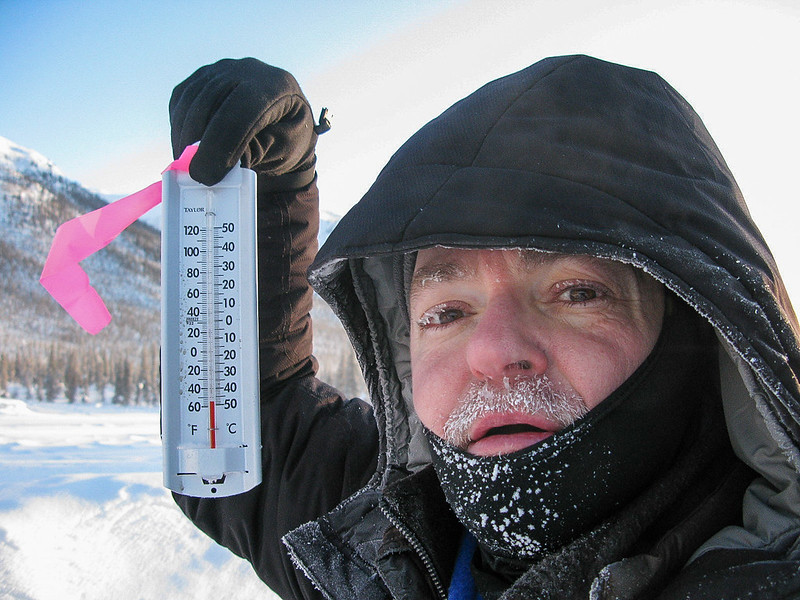Related Stories
- Using science to uncover mysteries of the Mesa archaeological site in Alaska
- Historic Umtanum Suspension Bridge wins international footbridge award
- Agua Fria National Monument: A desert oasis with a rich history and a vital present
- BLM delivers on administration priorities
- Families “bug out” at Meadowood’s night of nature and discovery
Office
222 W 7th Avenue #13
Anchorage, AK 99513
United States
Phone:
Email:



